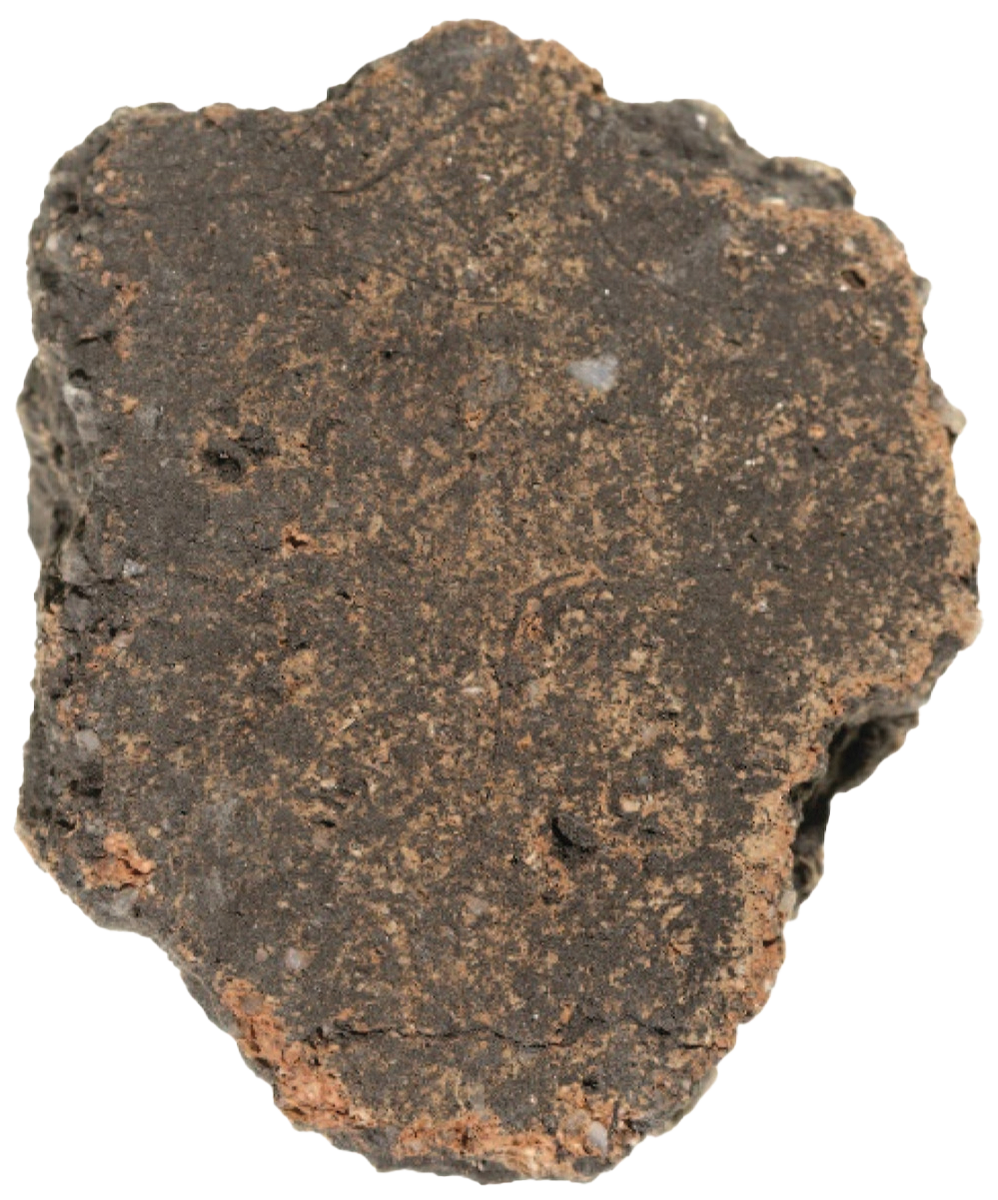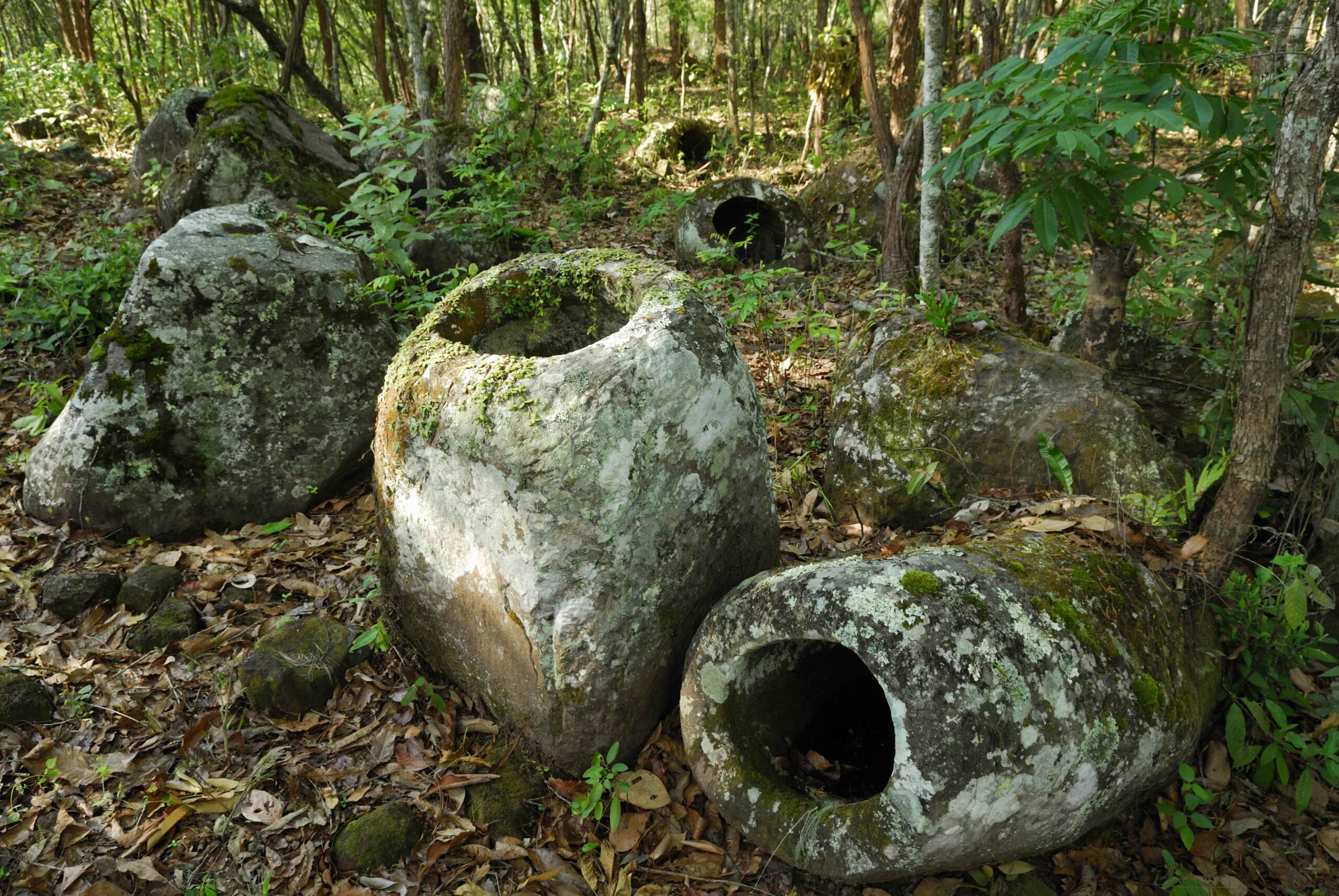Features From the Issue
-
Features
When Lions Were King
Across the ancient world, people adopted the big cats as sacred symbols of power and protection
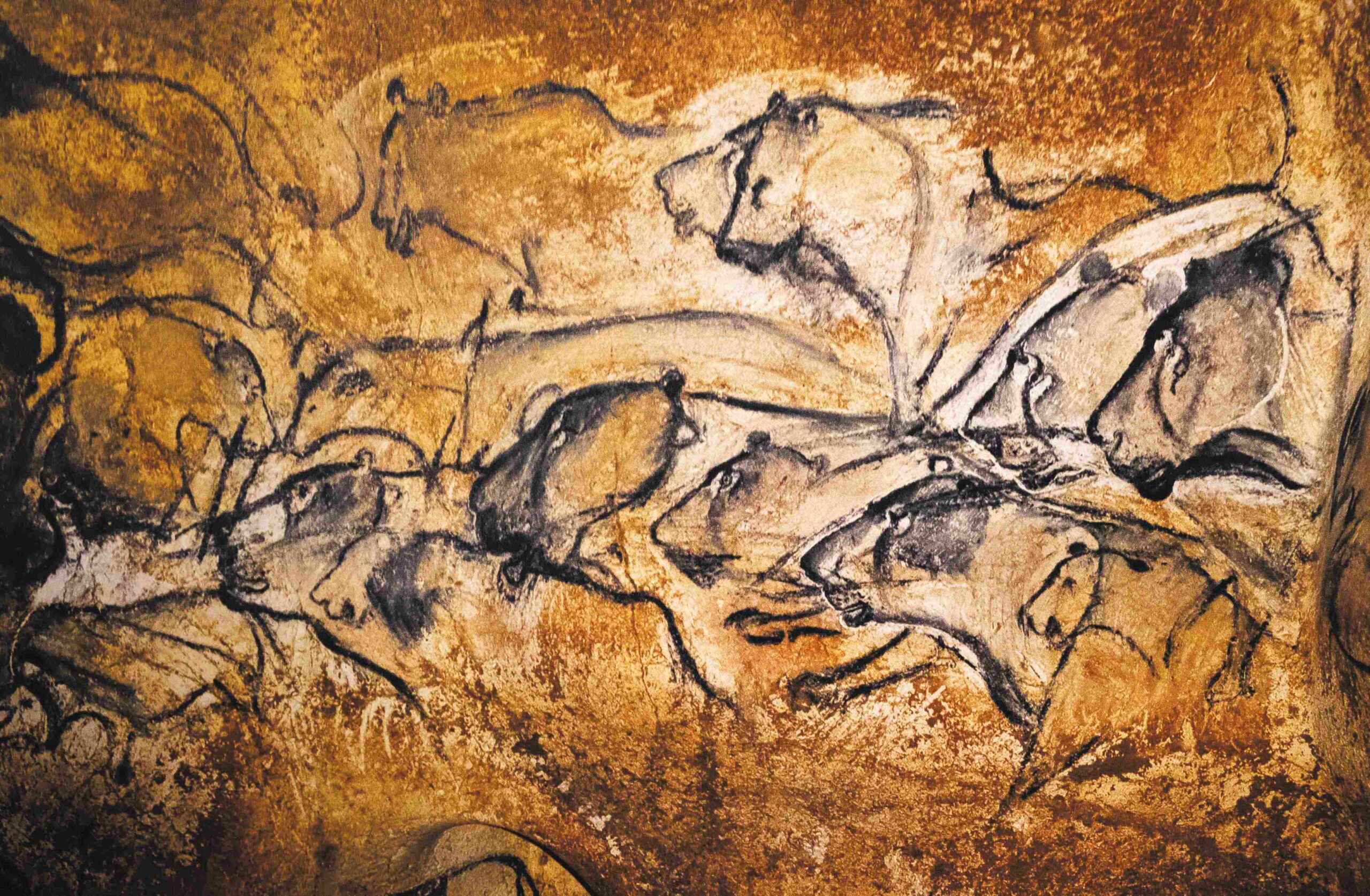 (Alamy)
(Alamy) -
Features
Ukraine’s Lost Capital
In 1708, Peter the Great destroyed Baturyn, a bastion of Cossack independence and culture
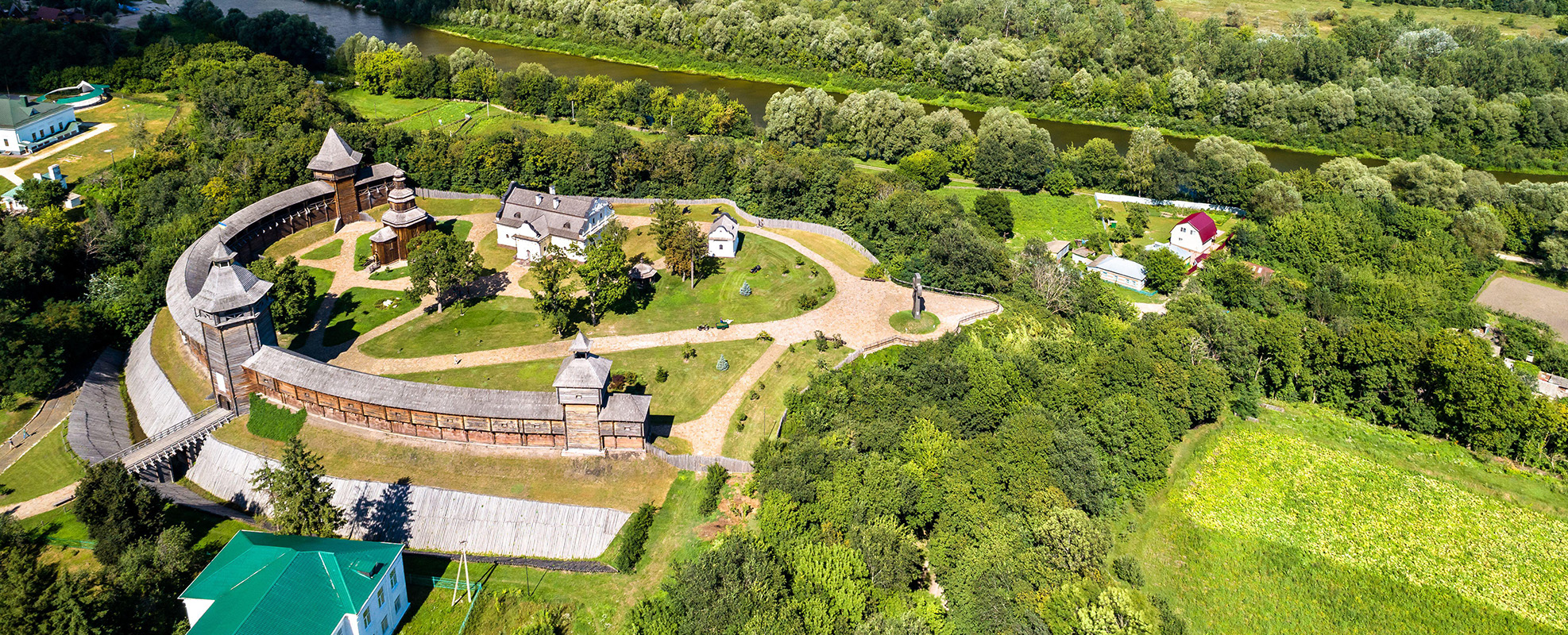
-
Features
Secrets of Egypt’s Golden Boy
CT scans offer researchers a virtual look deep inside a mummy’s coffin
-
Features
Rites of Rebellion
Archaeologists unearth evidence of a 500-year-old resistance movement high in the Andes
-
Features
Bronze Age Power Players
How Hittite kings forged diplomatic ties with a shadowy Greek city-state
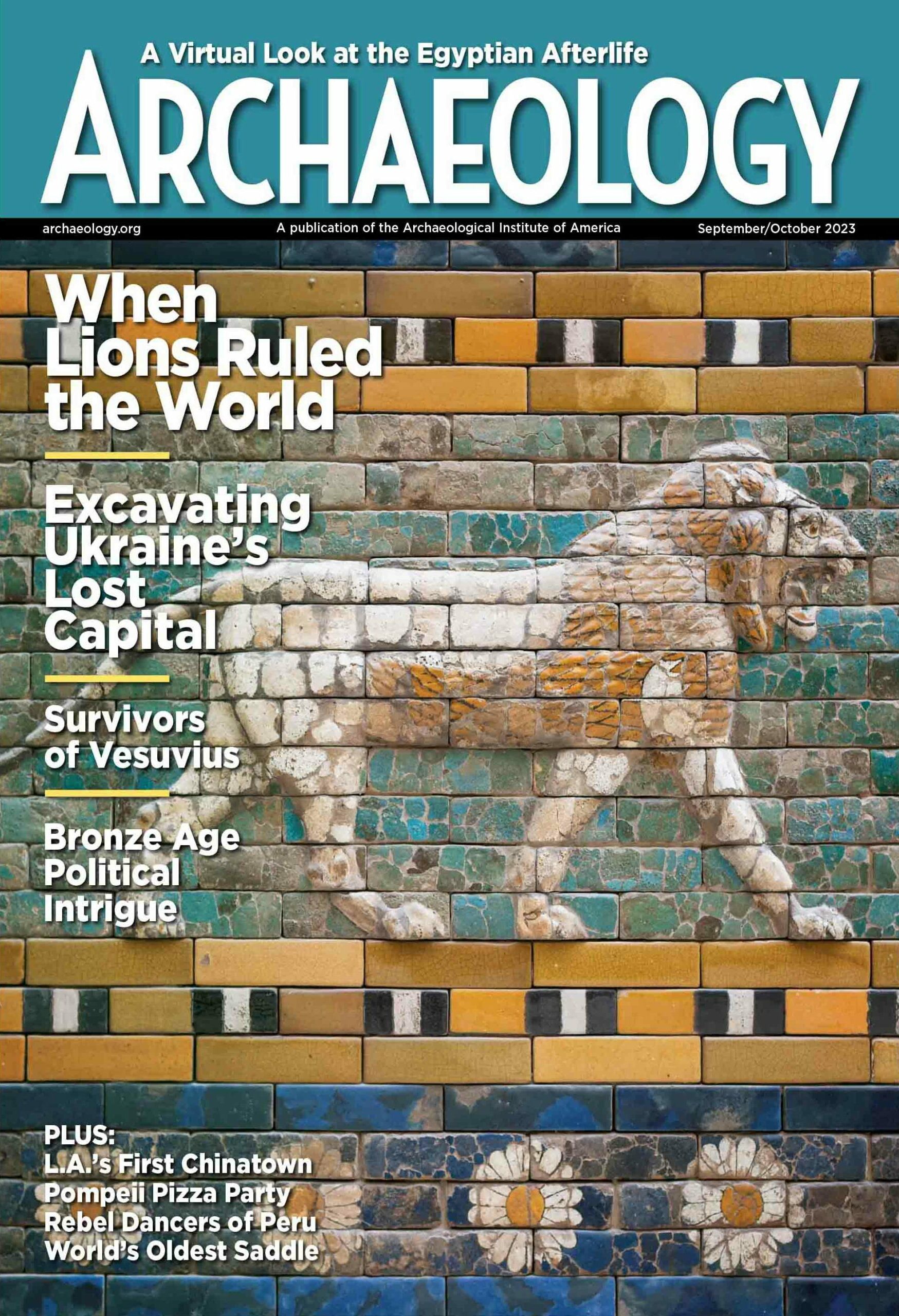
Letter from Vesuvius
Letter from Vesuvius
Digging on the Dark Side of the Volcano
Survivors of the infamous disaster rebuilt their lives on the ashes of the A.D. 79 eruption

Artifact
Artifacts
Padlock

Digs & Discoveries
-
Digs & Discoveries
Nose to Tail

-
Digs & Discoveries
The Elephant and the Buddha
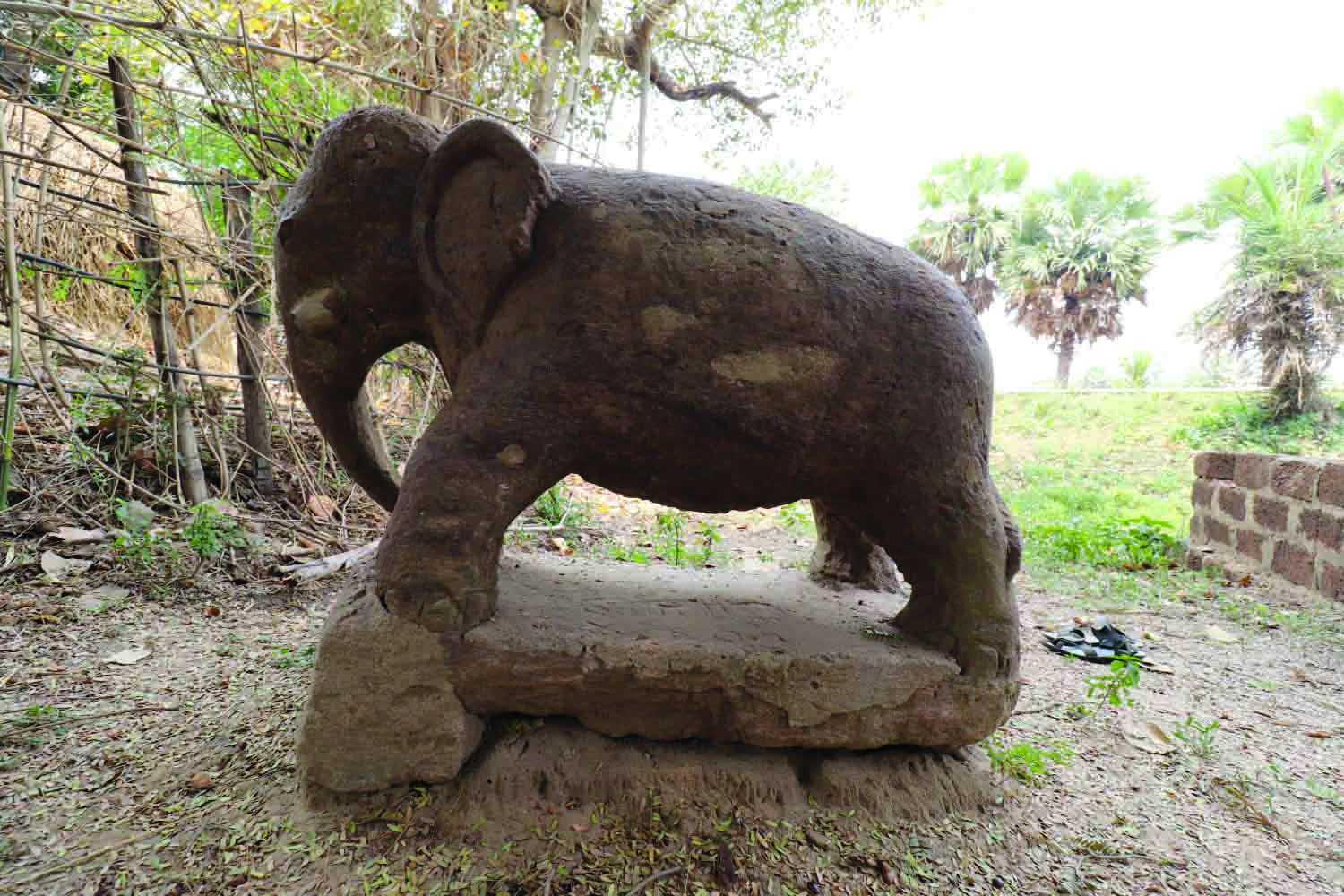 (Courtesy Anil Dhir)
(Courtesy Anil Dhir) -
Digs & Discoveries
Ram Heads for Ramesses
 (Courtesy Sameh Iskander)
(Courtesy Sameh Iskander) -
Digs & Discoveries
Sunken Cargo

-
Digs & Discoveries
A Sword for the Ages
 (Archäologie-Büro Dr. Woidich/Sergiu Tifui)
(Archäologie-Büro Dr. Woidich/Sergiu Tifui) -
Digs & Discoveries
Royal Wharf
 (© NIKU)
(© NIKU) -
Digs & Discoveries
Pizza! Pizza?
 (Courtesy Archaeological Park of Pompeii)
(Courtesy Archaeological Park of Pompeii) -
Digs & Discoveries
A Very Close Encounter
 (Courtesy Sacred Sites Research)
(Courtesy Sacred Sites Research) -
Digs & Discoveries
Dramatic Entrance
 (Photo Yousef Marian)
(Photo Yousef Marian) -
Digs & Discoveries
Preventing the Return of the Dead
 (The Sagalassos Archaeological Research Project, KU Leuven)
(The Sagalassos Archaeological Research Project, KU Leuven) -
Digs & Discoveries
A More Comfortable Ride
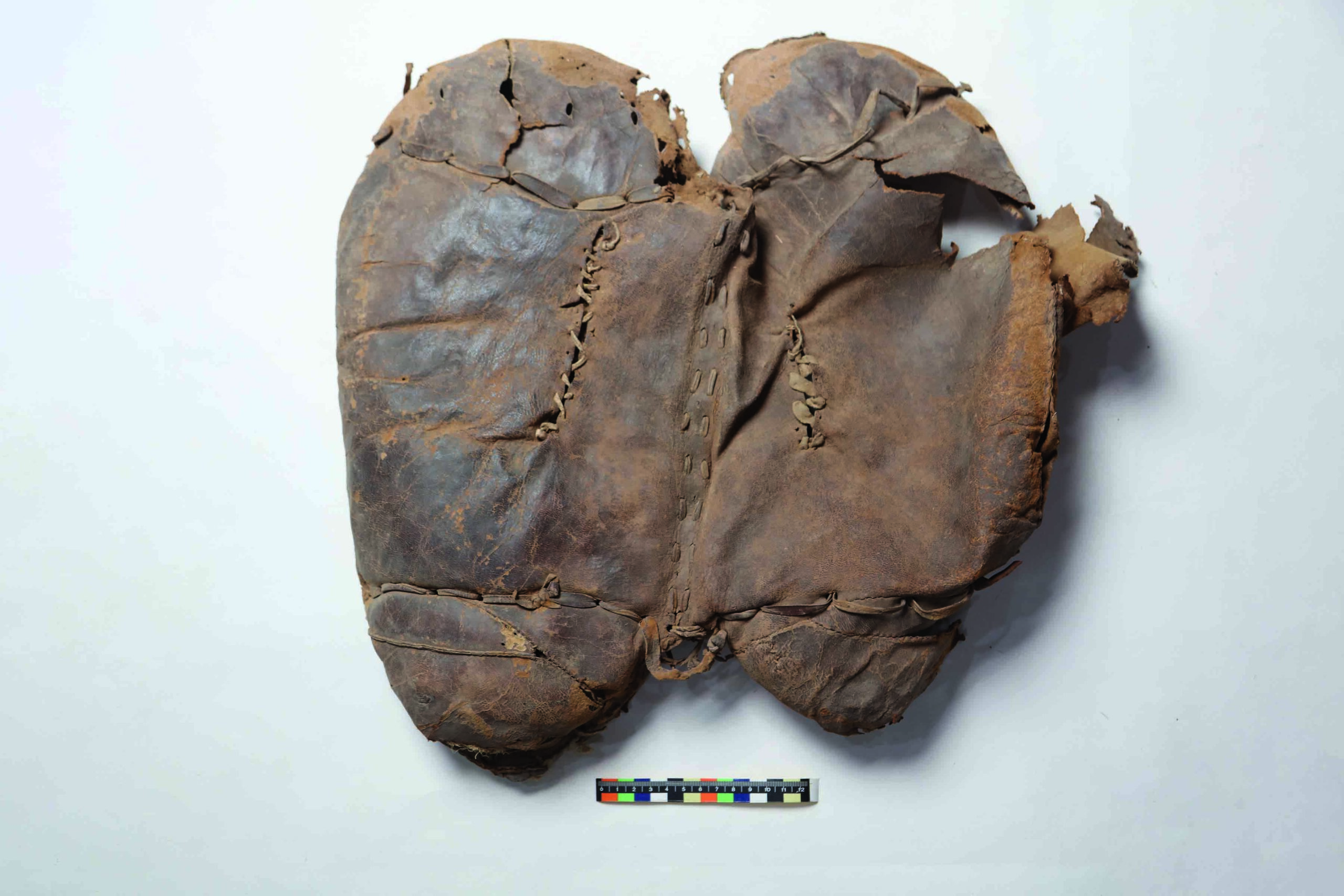 (Patrick Wertmann)
(Patrick Wertmann) -
Digs & Discoveries
More Images From Digs & Discoveries
Off the Grid
Off the Grid September/October 2023
The Hawaiian Fishing Village of Lapakahi
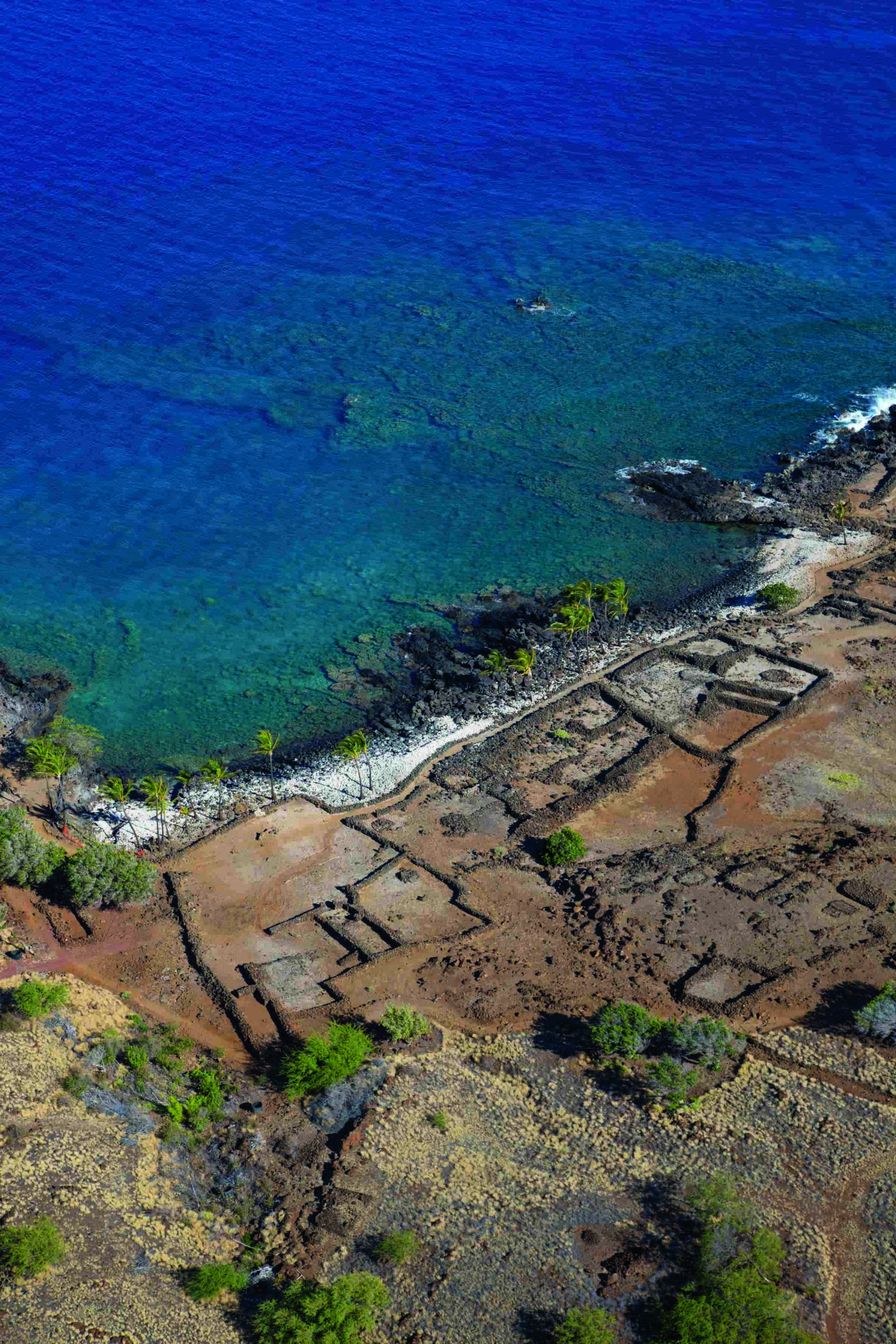
Around the World

AUSTRALIA

AUSTRALIA: Two examples of Aboriginal rock art from Awunbarna, Arnhem Land, are now believed to represent rare images of Indonesian sailing vessels. The illustrations depict watercraft with triangular flags, pennants, and prow adornments typical of fighting ships used in the Maluku Islands. It’s not known how the artist would have encountered the foreign vessels—perhaps through trade or slave raids—but the discovery implies that there was contact between Aboriginal communities in northern Australia and inhabitants of eastern Indonesia around 300 years ago, a relationship that was previously unknown.
Related Content

THE PHILIPPINES

THE PHILIPPINES: It’s difficult to ascertain how long humans have used plant materials to make textiles, ropes, and baskets since these objects rarely survive in archaeological contexts. However, microscopic imaging of 39,000-year-old stone tools from the Tabon Caves identified plant residues and wear patterns likely caused when hard bamboo or palm stalks were stripped into pliable fibers that were easier to weave or tie. This is by far the earliest known evidence of people manipulating plants in Southeast Asia.
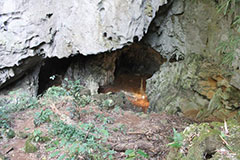
LAOS

LAOS: When modern humans first journeyed toward Australia, they stopped for a period in northern Laos. Luminescence dating of sediments in Tam Pà Ling Cave that contain human bones indicates that Homo sapiens arrived in Southeast Asia between 86,000 and 68,000 years ago, tens of thousands of years earlier than previously thought. The new research also suggests that people traveled not only along coastal routes and seaways but along inland river valleys as well.



